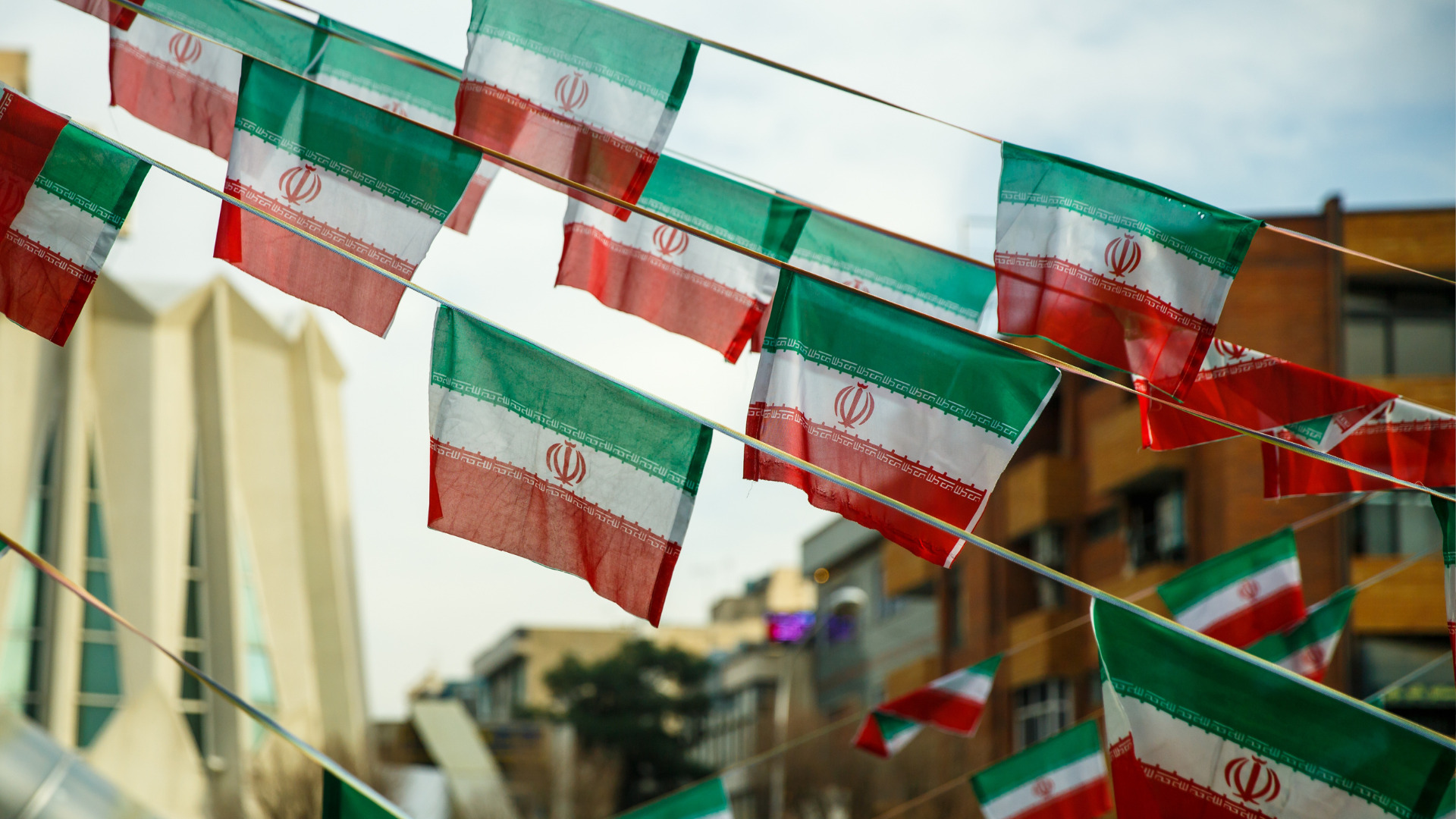Date first published: 17/01/2023
Key sectors: all
Key risks: political stability; civil unrest; political violence
Risk development
On 9 January during a speech in the city of Qom, Iranian Supreme Leader Ayatollah Ali Khamenei claimed protests had failed to weaken the Islamic Republic. Despite continued unrest, the Iranian regime is doubling down on the crackdown of dissent, with at least 109 protesters now sentenced to death or facing death penalty charges. Four months on from the death of Mahsa Amini in the custody of the Iranian ‘morality police’ and the eruption of protests, neither the regime nor the demonstrators appear willing to relent or compromise.
Why it matters
The ongoing wave of protests nationwide is an unprecedented challenge to the Iranian regime. Where previous protest movements have focused on specific grievances and have gradually waned over time, the current movement distinguishes itself by its generalised hostility toward the regime and its sustained nature.
The protests demonstrate that increasingly large parts of Iranian society have come to believe that incremental reforms will not alter the nature of the regime. Given the limited space for dissenting political expressions within the political system and their inability to effect change through democratic means, protesters are calling for the end of the regime as a whole.
The past four months, however, have also shown the resilience of the Islamic Republic and its uncompromising attitude toward dissent and arguably legitimate grievances. Although faced with an existential threat to its survival, the regime has elected to remain inflexible, as evidenced by a series of directives issued on 10 January implementing new and harsher penalties for non-compliance with hijab rules. The ideological rigidity of the political system is the fundamental driver of these protests.
Background
In recent weeks, in a bid to deter the Iranian population from participating in protests, the Iranian authorities carried out several executions and continue to prosecute protesters, often dishing out long prison sentences or capital punishment on charges of organising protests or killing members of the security forces. The UN High Commissioner for Human Rights accused the Iranian regime of weaponising judicial procedures to punish protesters and denounced the executions as state-sanctioned killings. Several countries, including the US and many EU countries, have condemned the executions and called on Tehran to cease its use of the death penalty.
Since December 2022 six Iranian men have been executed for their participation in the protests, with 21 more facing death penalty prosecutions. The trials of those accused have been described as grossly unfair by international human right organisations, often relying on confessions allegedly obtained under torture. In addition, 481 protesters have been reported killed during the protests.
Tehran continues to assert that anti-government sentiment and the ensuing unrest, has been stirred by the Islamic Republic’s Western ‘enemies’, in particular the US and Israel. Protesters have been routinely accused of being covert agents set on attempting to overthrow the regime on behalf of foreign governments.
Risk outlook
While the potential impact of using capital punishment as a deterrent to protesters is unclear, the regime has undoubtedly made its unwillingness to compromise evident. However, the crackdown could also have the adverse effect of feeding the protesters’ determination and escalating unrest. Despite moderate voices within the regime, at times, calling for some concessions to be made, there is little hope their calls will be heeded or even that they would satisfy the protesters, leaving no end in sight to this intractable impasse.

